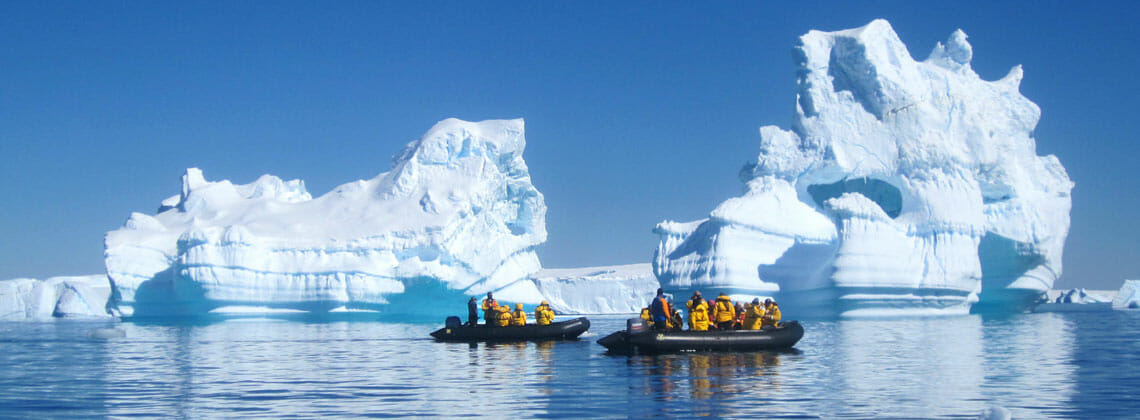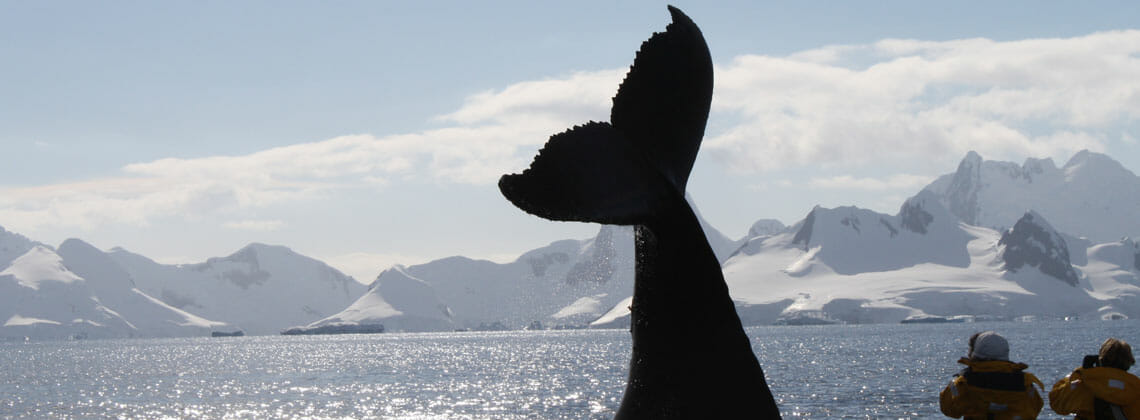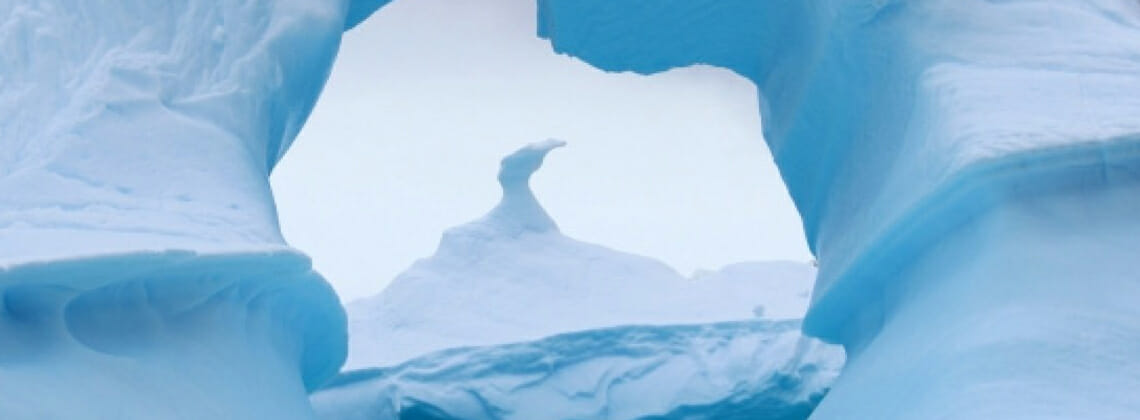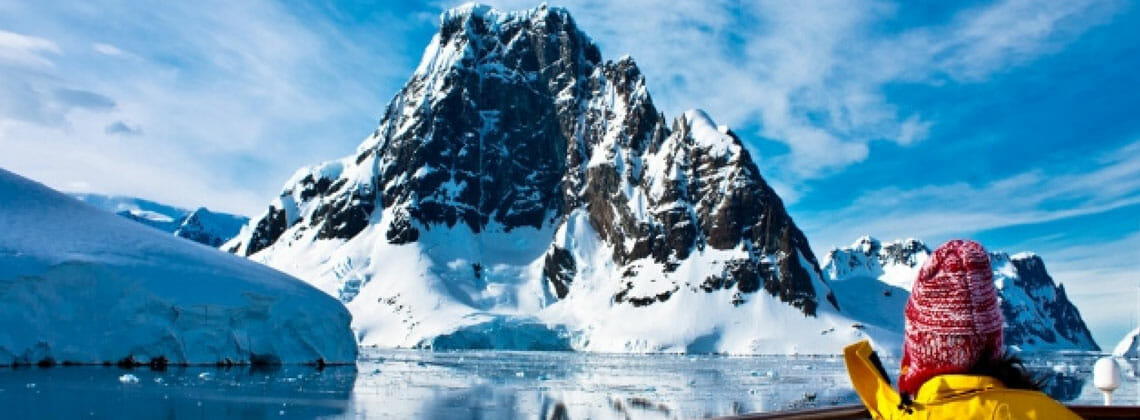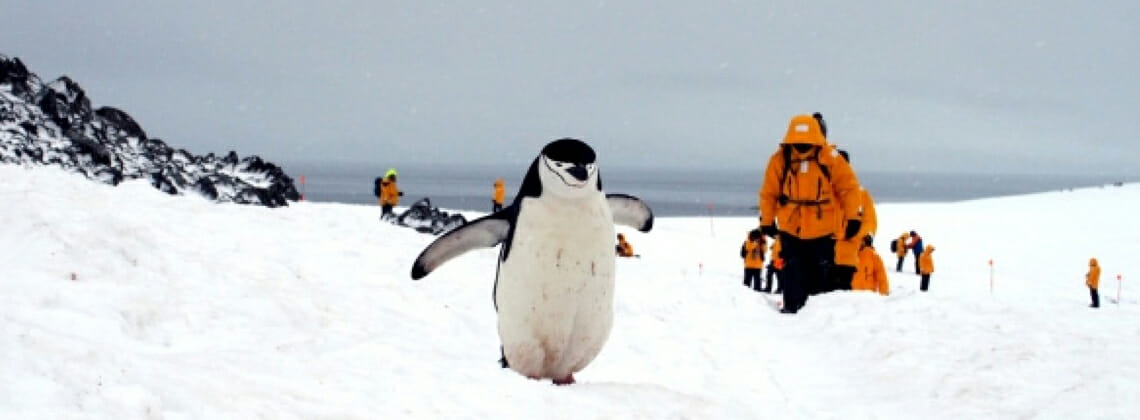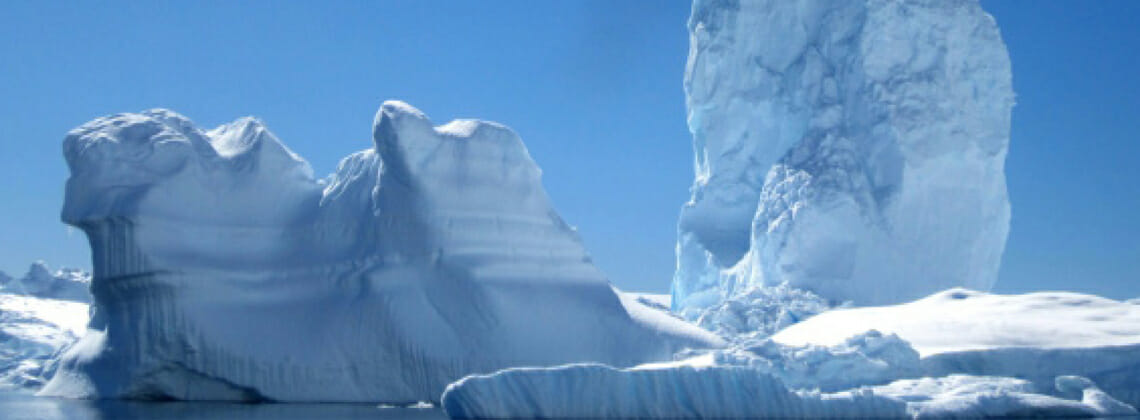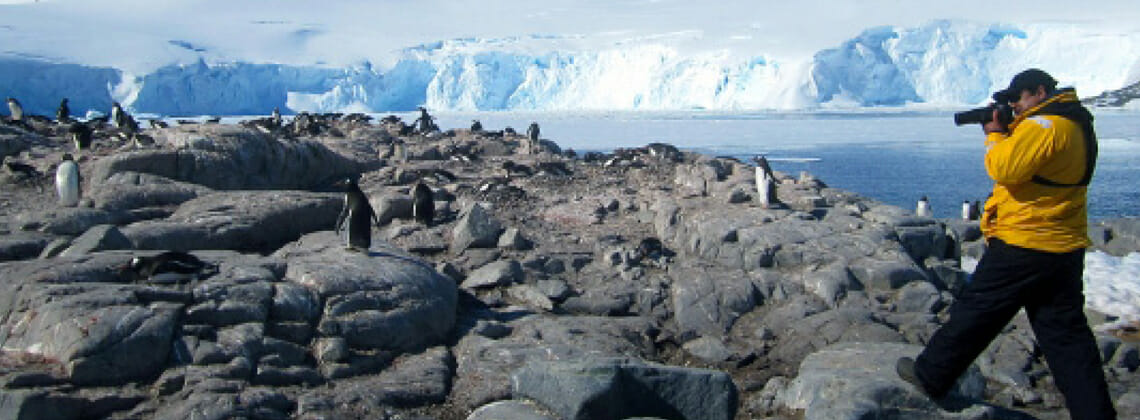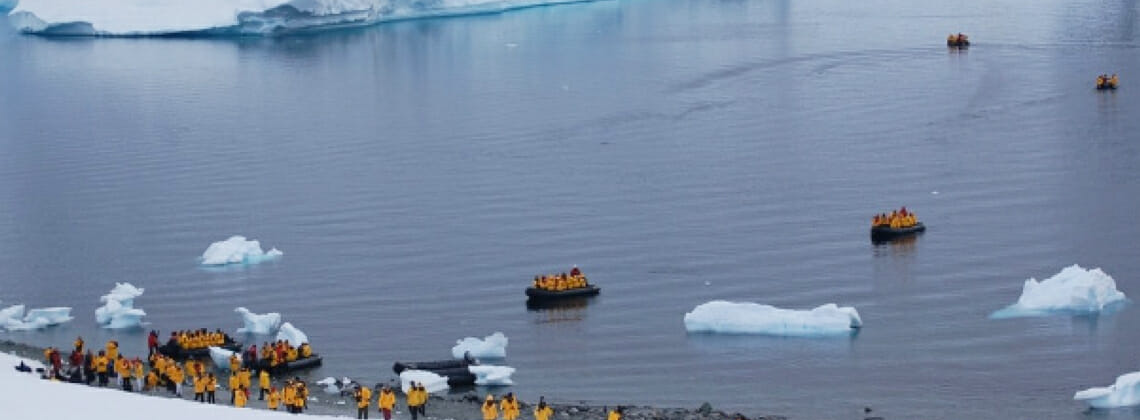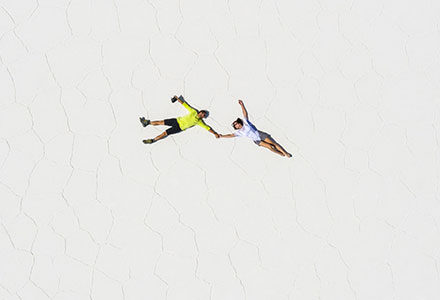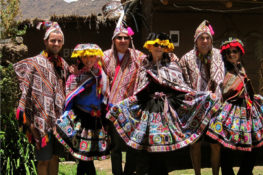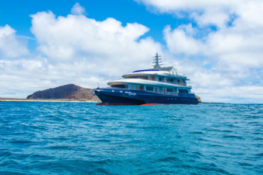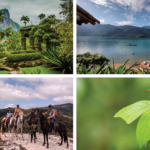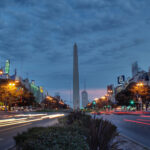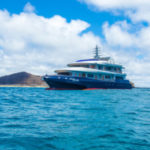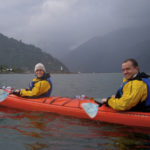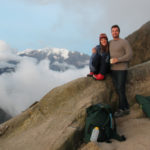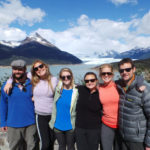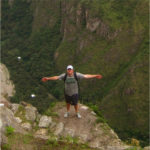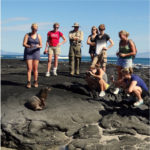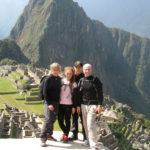October to March is the only permitted time to travel to Antarctica. With that being said, the best time to plan your Antarctica travels is dependent on the wildlife you want to see.
From October to the beginning of December the continent is covered in snow to the water’s edge. Penguins build highways as they waddle the same path again and again, from the sea to their nests far from shore. During this period, penguins, shags and seabirds court and lay their eggs.
From December through February the snow retreats, exposing rocky headlands. Penguin chicks hatch and their parents spend endless hours feeding their hungry young.
From Mid-February to March the whales return to feed, seals haul out on the beachheads and penguins begin to molt. Antarctica is preparing for long months of darkness. Highlights for travelers are whales, red snow and fledging gentoo penguins.
There are no visa requirements to travel to Antarctica.
You must have a valid passport to participate in our expeditions. When you embark on your voyage, an Expedition Team member will collect your passport and hold it for safekeeping during your entire voyage. Your passport must be valid for six (6) months beyond the return date of your expedition.
Depending on where you land in South America you may need to pay a reciprocity fee.
Everyone reacts differently to sea conditions whether during the crossing of the infamous Drake Passage to Antarctica, or even during calmer seas.
Combating Motion and Seasickness
We advise that you come prepared. Ask your physician to prescribe an appropriate seasickness medicine for you. Phenergan (promethazine) 25mg tablets have been scientifically proven to be an effective seasickness preventative. Before you leave home please read your dosage instructions as most preventative seasickness medicine must be ingested ahead of time, while you are still feeling well. Be sure to bring enough medication for the duration of your voyage.
Tips: If you are prone to motion sickness, it is best to avoid alcohol, tobacco, excess liquids and confined spaces.
Onboard Medical Care and Facilities
Your ship will have doctors aboard. There is also a medical clinic that is stocked with a supply of common prescription medicines and basic first aid equipment.
If you are under regular treatment for any ailment, you must bring a sufficient supply of medicines for yourself. We cannot accept responsibility for not having a specific brand or type of drug on board.
There is no Antarctic currency. However, if you visit Port Lockroy in the Antarctic Peninsula, U.S. dollars, Pound Sterling and Euro are accepted, as are Visa and MasterCard where your transaction will be charged in U.S. dollars.
Any onboard purchase made during your voyage (Polar Boutique, laundry, communications charges, drinks, etc.), will require your signature. This will be charged automatically to your cabin and at the end of your voyage you will receive an invoice.
Currency onboard most ships is in U.S. dollars.
It is always recommended that you inform your financial institution about your travel plans prior to leaving your home country to avoid the possibility of having your bank or credit cards frozen.
“There is no bad weather, only inappropriate clothing.” Ranulph Fiennes
Travel to the Polar Regions occurs in the summer months when the weather isn’t that cold, however temperature can change unexpectedly.
You will explore by Zodiac (both cruising and as a means to shore landings) and on foot so it’s important to have a waterproof outer layer, that includes waterproof pants, gloves and hat. Some expeditions provide you with a waterproof parka which is yours to keep, and will lend you a pair of waterproof expedition boots for the duration of your voyage (for specifics consult your Trip Information Packet before your trip).
Reminder: If you arrive on the ship and realize you forgot to pack something, not to worry! The onboard boutiques carry a range of clothing items and practical gear which are available for you to purchase.
All mountaineering equipment is supplied for you but you will need to pack an array of layering items suitable for cold weather. See ‘essential packing items’ below for a detailed packing list.
You will need to pack clothing, specifically an array of layering items, for cold weather. See ‘essential packing items’ for a detailed packing list. Other than that, all camping gear will be supplied for you.
As for all the adventures offered on your Antarctica expedition all activity equipment is supplied for you. See ‘essential packing items’ for a list of the specific clothing items you should pack upon arrival. For this specific excursion you are required to have some prior kayaking experience, including the capability to do a wet exit.
All cross-country skiing equipment will be supplied to you before your excursion. Although you will be provided with the essential gear, you will be responsible for certain extras such as extra warm clothing and a pair of good sunglasses. See ‘essential packing items’ below for a detailed packing list.
Snowshoes and other snowshoe equipment will be provided for you. Of course, remember to pack for the cold weather by packing an array of layering items. For a detailed packing list see ‘essential packing’ items below.
- Gloves
- Hat that covers ears
- Scarf or other face protection
- Sunglasses with UV protection
- Sunscreen
- Waterproof pants or insulated ski/snowboard pants
- Warm pants
- Silk or polypropylene underwear
- Four pairs of long wool or cotton socks
- Several pairs of silk or polypropylene socks
- Sweaters and fleece tops
- Cotton turtlenecks and t-shirts
- Your prescription medicines
- Passport and photocopies of passport
- Vaccination certificate
- Health insurance card
- International airline tickets (regional flights purchased by Knowmad are e-tickets which you will not receive physical tickets for)
- Credit cards
- Cash (at least $100 in varying bills)
- Book, journal, and pen
- Sunscreen
- Sunglasses
- Basic first aid kit (Neosporin, Band-Aids, Imodium, aspirin, etc.)
- Toiletries in small bottles
- Necessary medications
- Watch/battery operated alarm
- Camera; extra batteries and memory cards
- Waterproof, lightweight backpack or daypack
- Swimsuit
- Binoculars
- Camera with extra batteries
- Extra memory cards or film
- Extra pair of prescription glasses
- Plastic bags with zippers
- Ecologically friendly laundry soap
- Small medical kit
- Earplugs, in case of noisy cabin mates
- Seasickness, indigestion, headache, or other medicines
Knowing a lot about a country before you travel there can enrich your travels and help you meet and relate more to local people. To learn more about Antarctica we recommend consulting guidebooks such as Frommer’s, which has sections on history, politics, etc. In addition to our own, there are many websites as well with information on Antarctica.
- THE ENDURANCE: SHACKLETON’S LEGENDARY ANTARCTIC EXPEDITION by Caroline Alexander recounts Ernest Shackleton’s 1914 expedition to the then untouched continent of Antarctica. The crew of twenty-seven came with in eighty-five miles of their destination before their journey came to a dramatic close.
- SOUTH by Sir Ernest Shackleton. The real-time recollection of veteran explorer Sir Ernest Shackleton’s voyage to the Antarctic continent.
- THE COOLEST RACE ON EARTH: MUD, MADMEN, GLACIERS, AND GRANNIES AT THE ANTARCTICA MARATHON by John Hanc is the story of the Antarctica Marathon a.k.a The Toughest Marathon on Earth, first held in 1995 and now an annual event.
- MARCH OF THE PENGUINS by Luc Jacquet and Jerome Maison is the companion volume to the hit film, March of the Pengiuns.
- THE ANTARCTICA BOOK: LIVING IN THE FREEZER by Dr. Mark Norman describes life on the 7th continent with vivid photographs and educational information on the mating rituals, the migrations, the weather and more.
- ANTARCTICA: THE GLOBAL WARNING by Sebastian Copeland. Antarctica’s icy ecosystem may serve as a microscope into the world environment’s future.
Have a question that you can’t find an answer to on our site? Or if you’d simply like to ask a real, live person your questions instead of browsing through these FAQ sections, we are more than happy to help. Just give us a call at 612-315-2894 or email [email protected].

